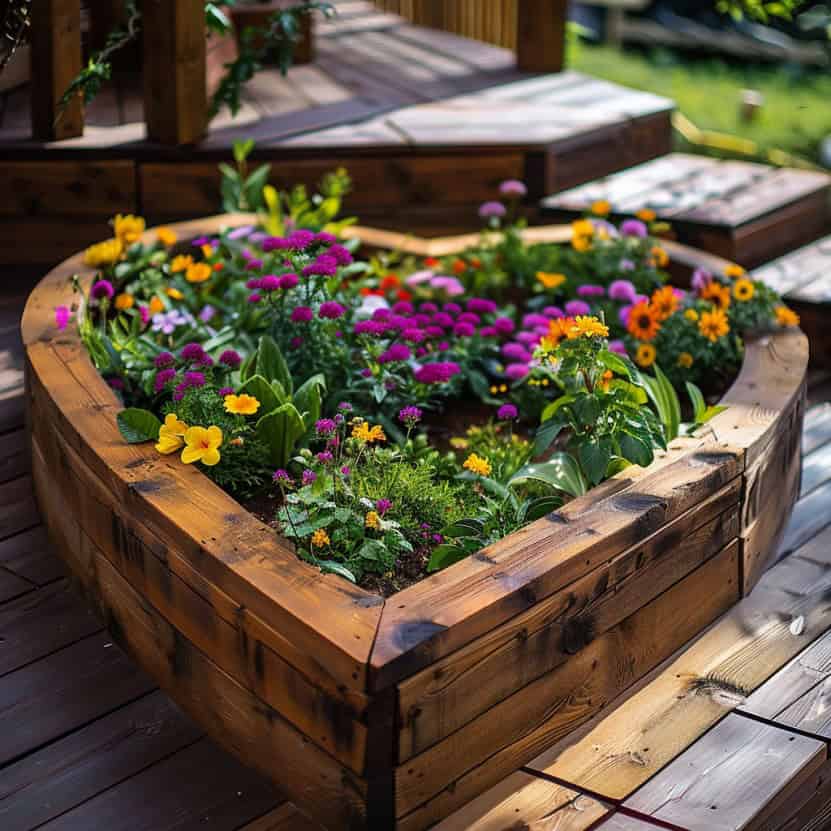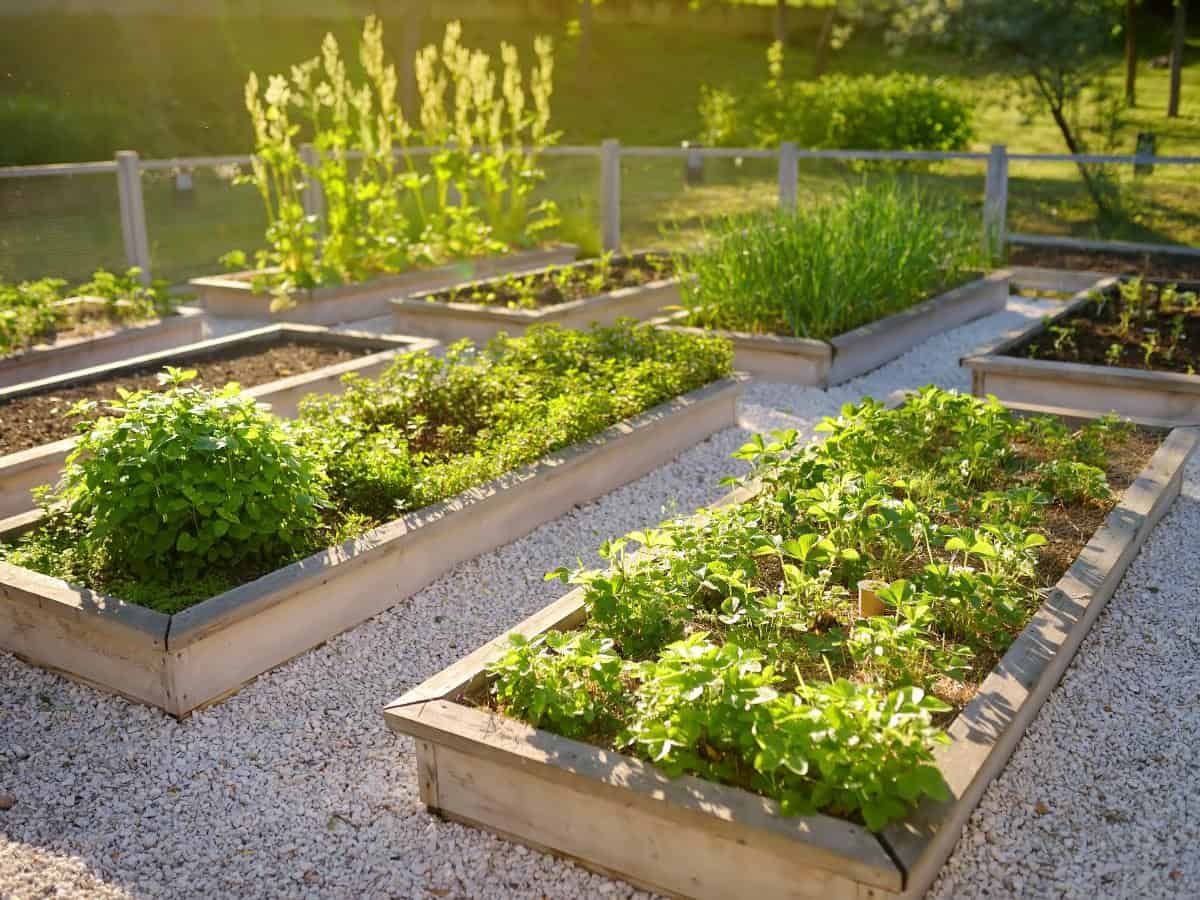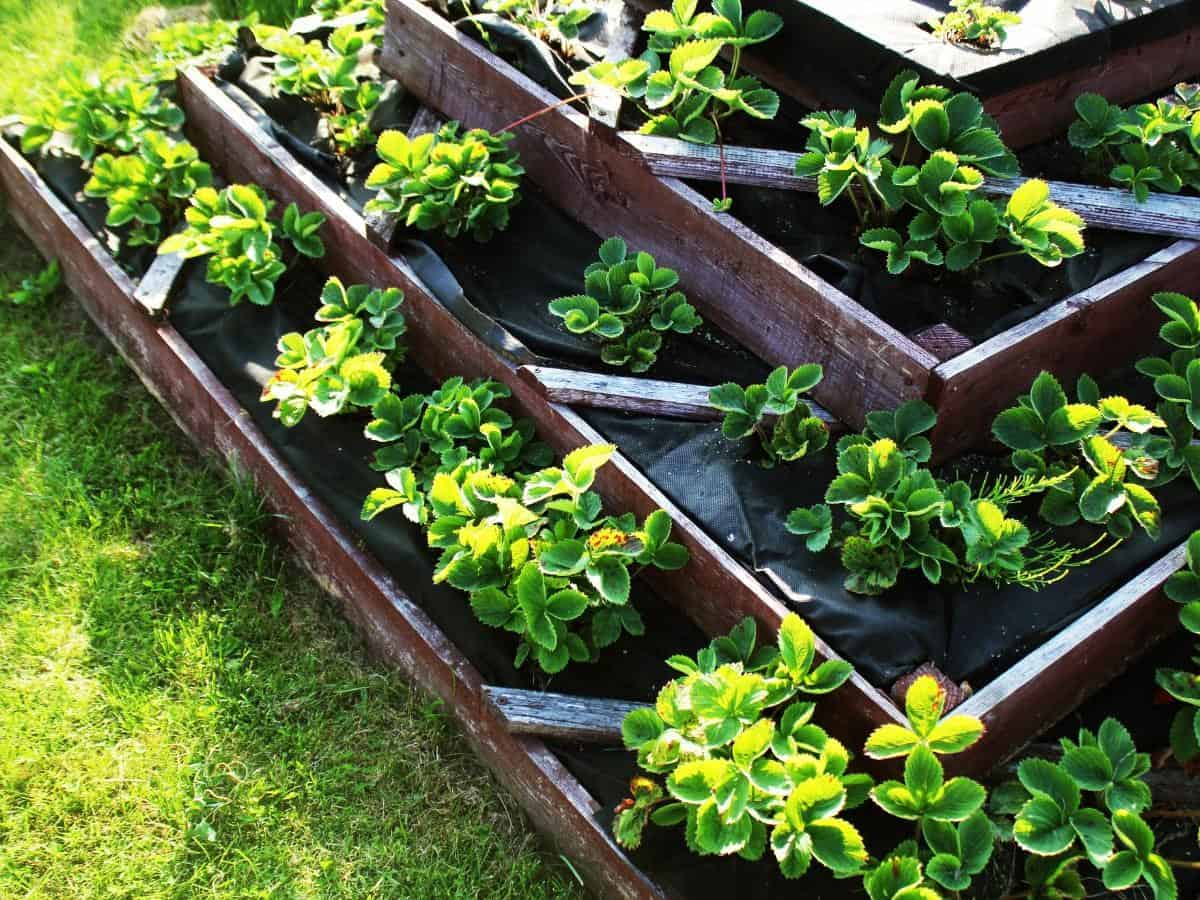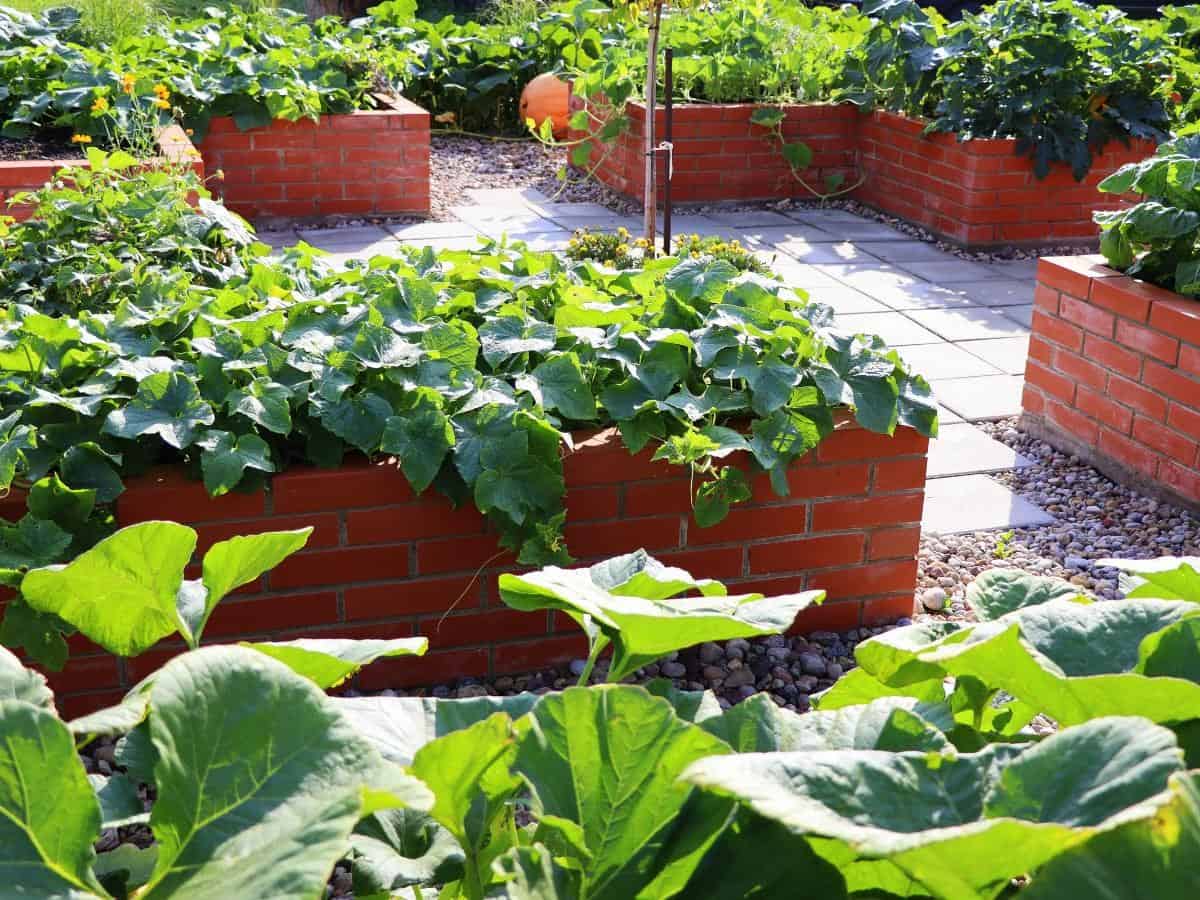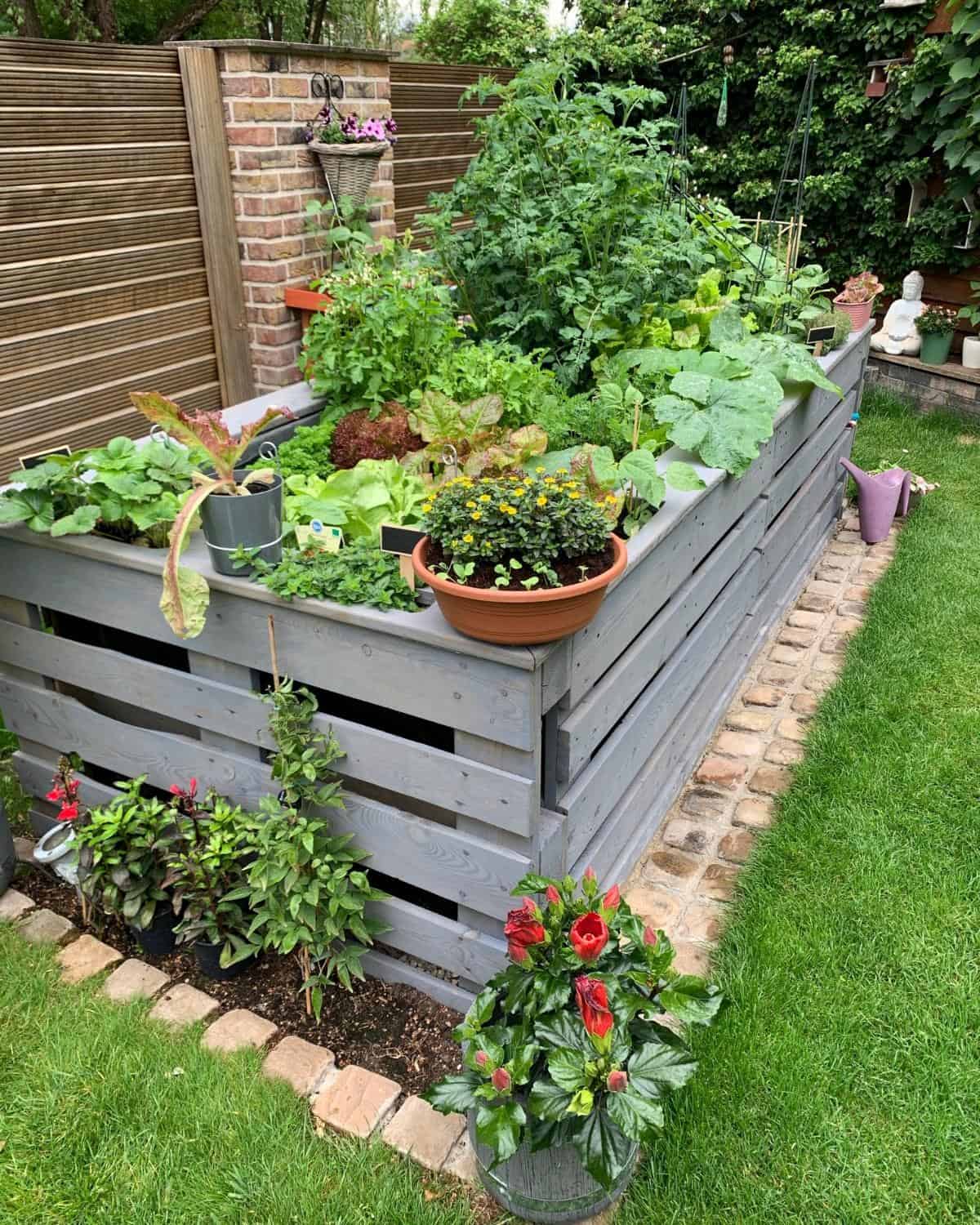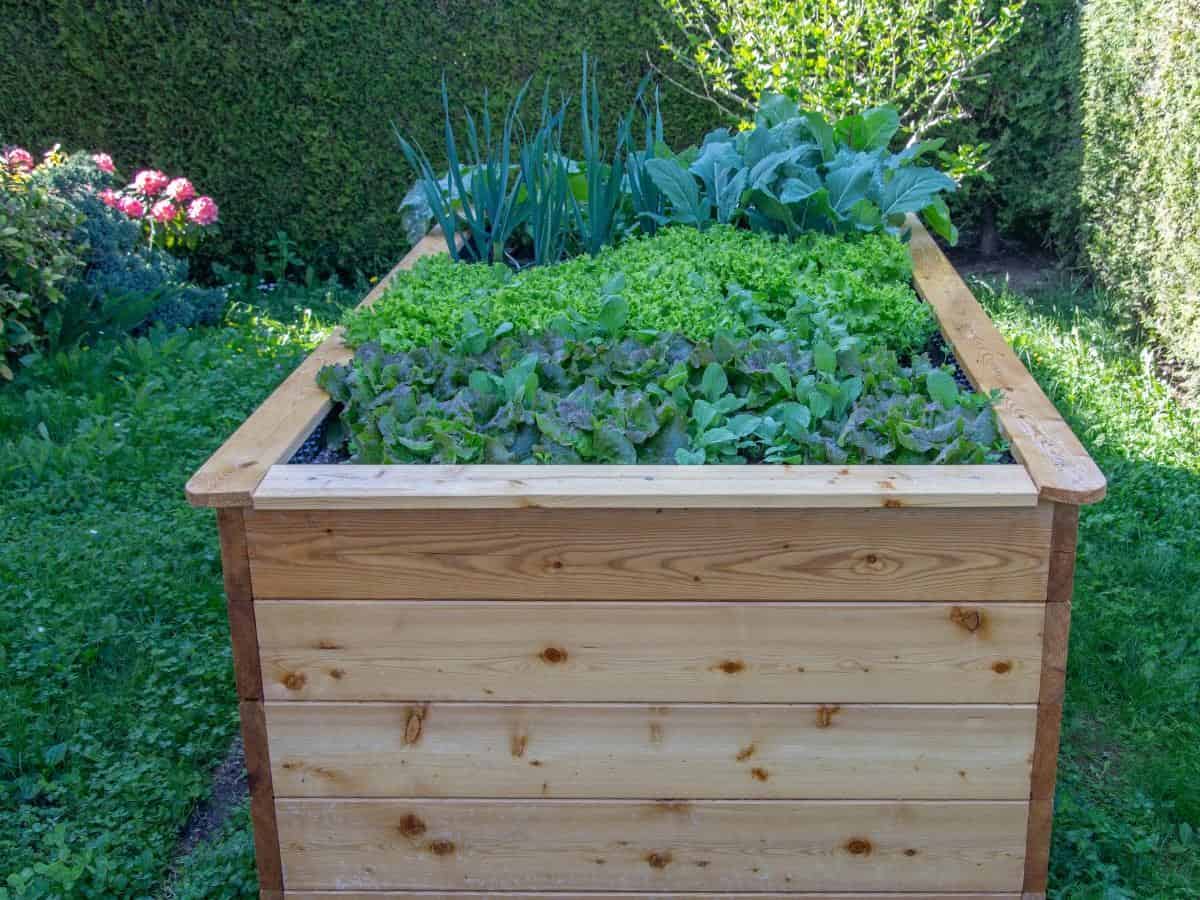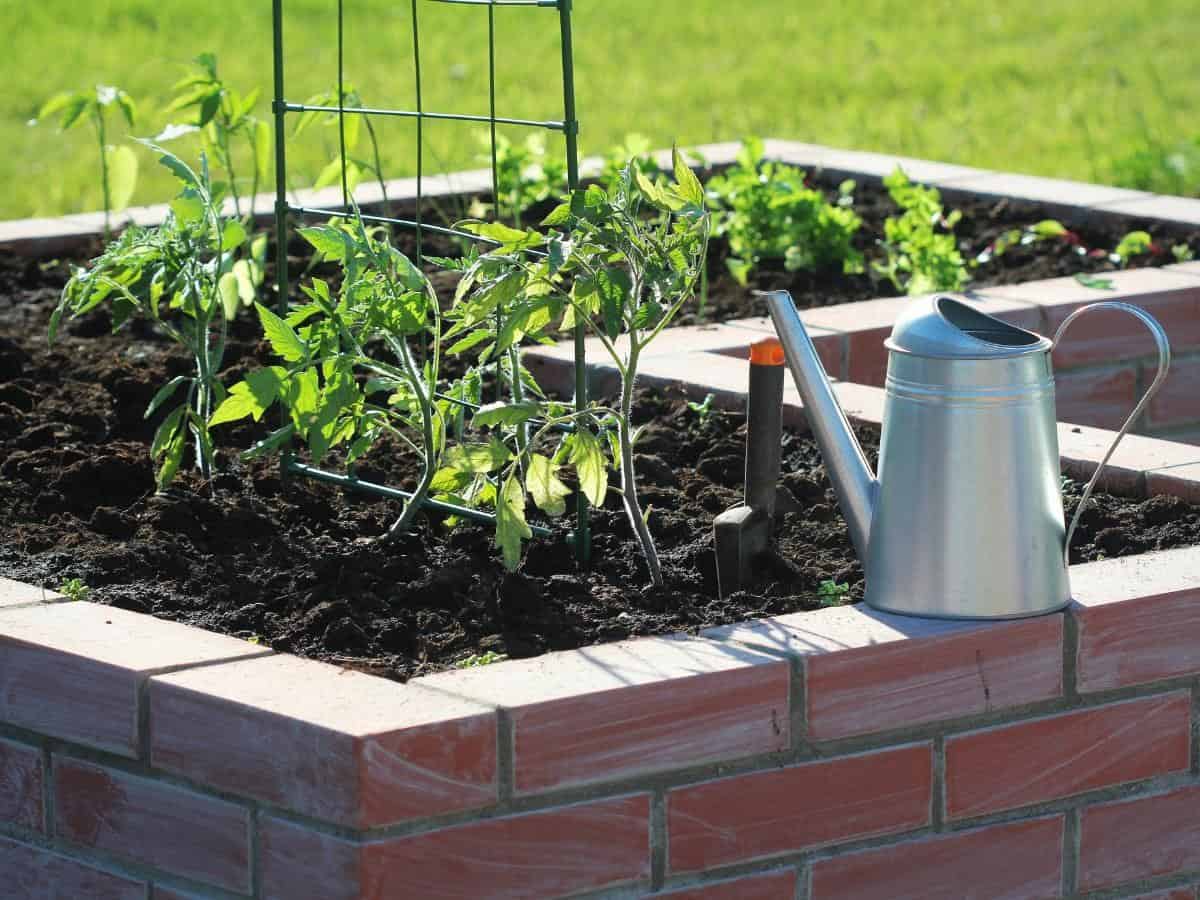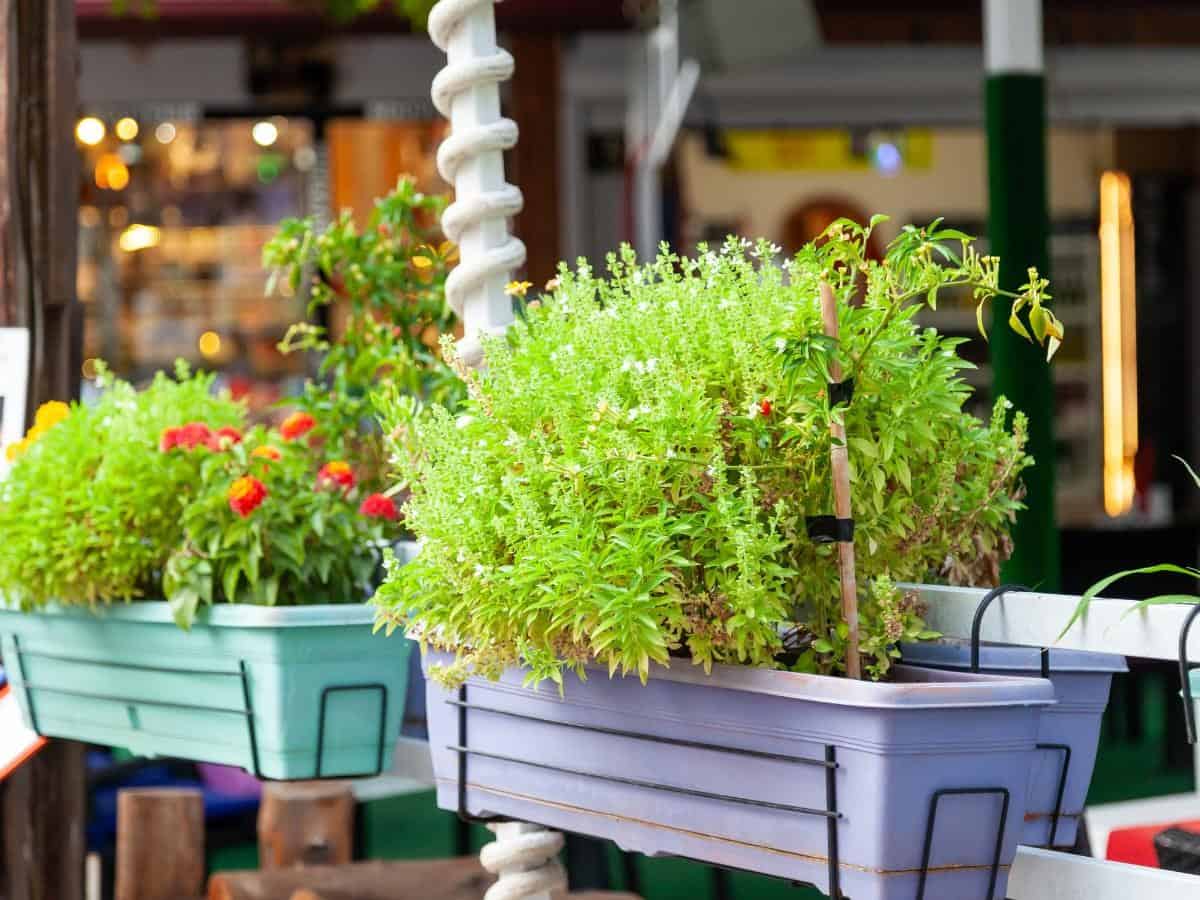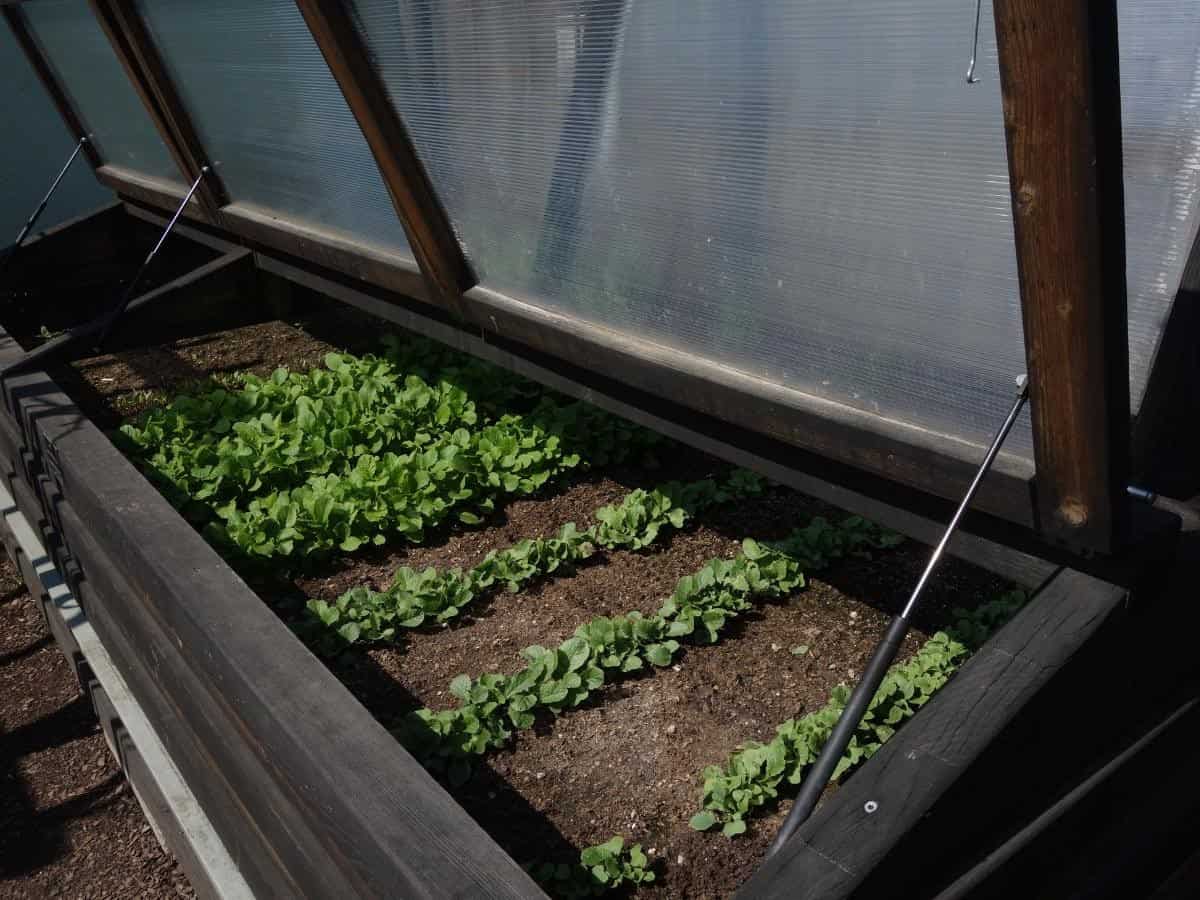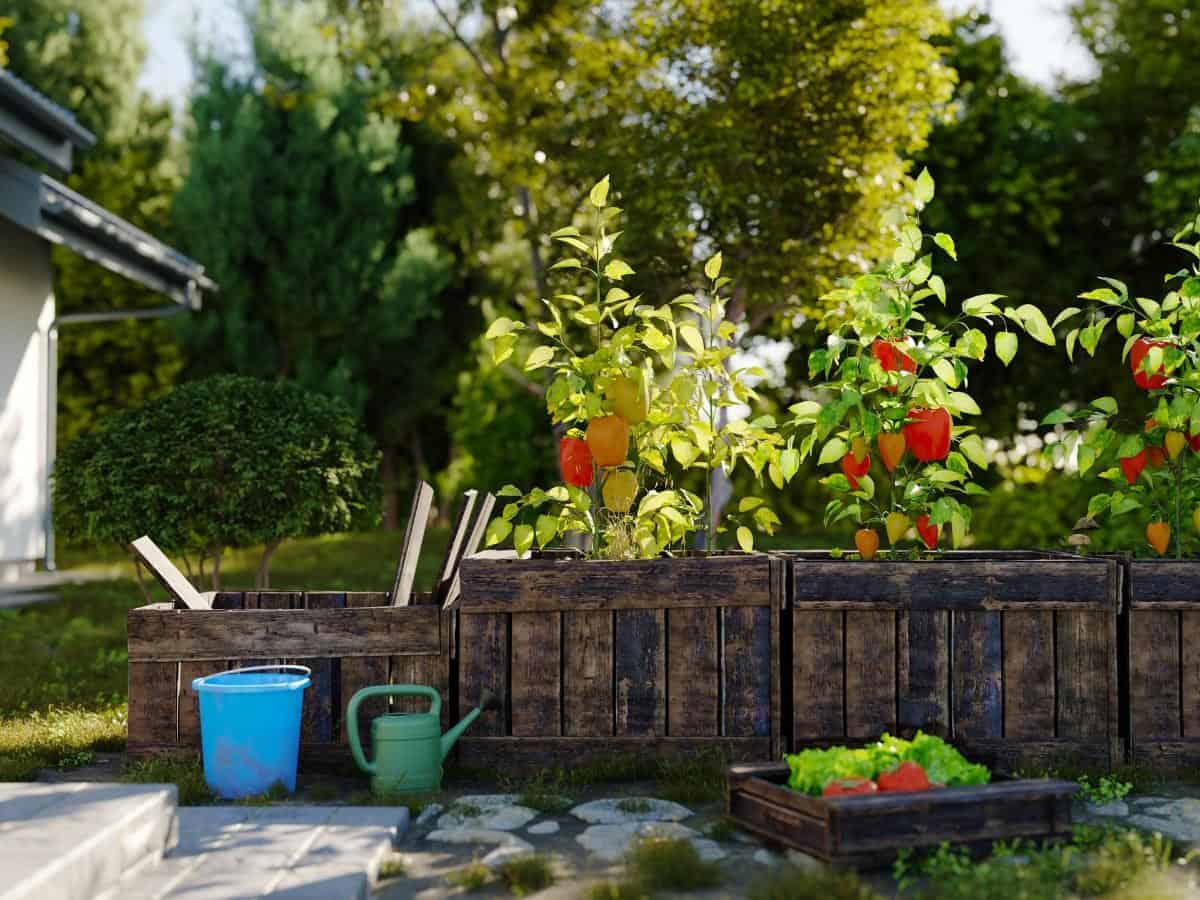Imagine transforming a blank space in your kitchen into a serene oasis with the help of a raised garden bed. The best part? These elevated planters can be permanent or temporary, offering flexibility without the long-term commitment. And let’s not forget about the artistic flair they add to your home’s exterior – it’s the perfect blend of form and function.
One of the most appealing aspects of raised gardens is their adaptability.
You’re free to get creative with materials like wood, stone, brick, or even upcycle old items to give your space a unique touch. Whether you’re a seasoned gardener or just starting out, there’s something for everyone in this realm.
In fact, we’ve curated an impressive collection of 19 remarkable raised garden bed ideas that are sure to revolutionize the way you approach outdoor design and curb appeal. Take a look and discover how these versatile planters can elevate your home’s ambiance.
Wooden Patterned Raised Bed
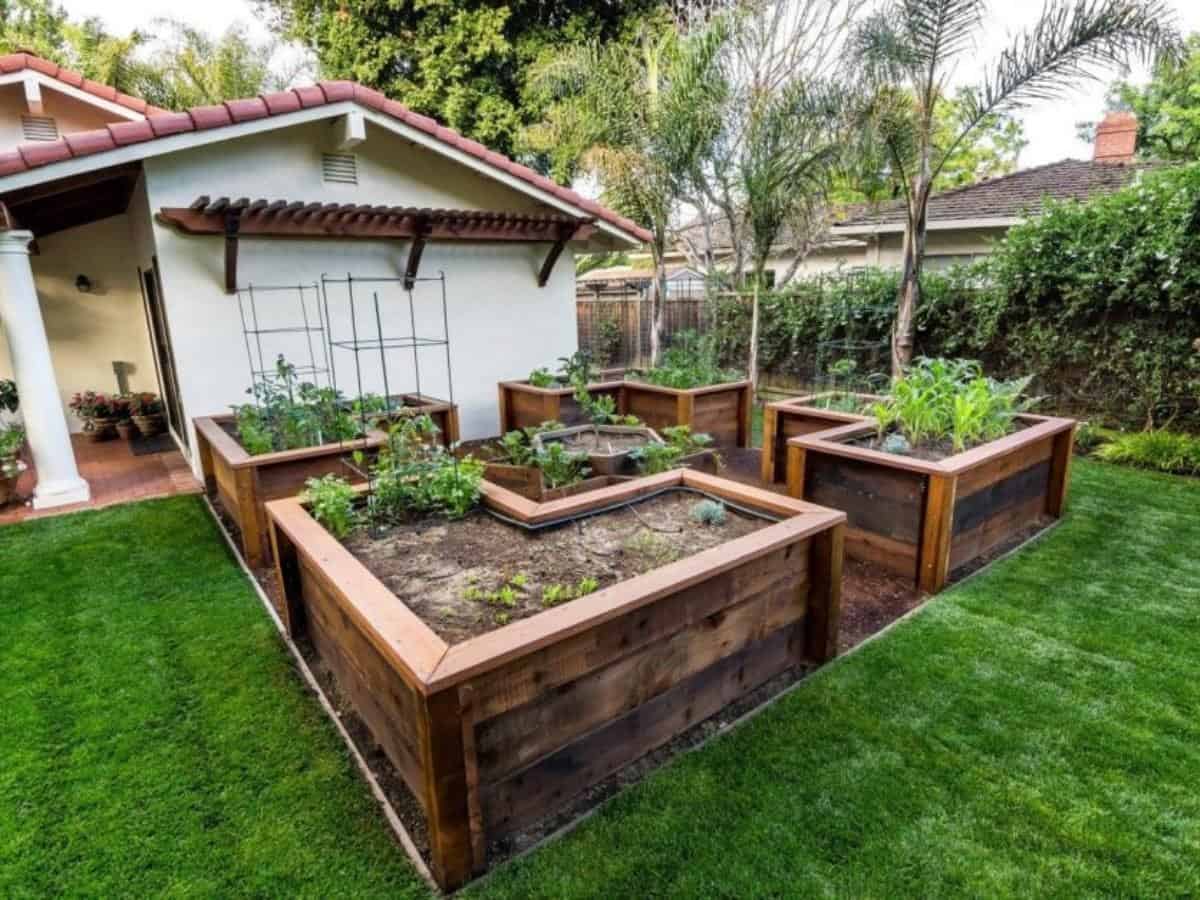
Casa Smith Designs’ latest creation is a masterclass in functional elegance. A wooden raised garden bed, specifically designed for ease of access, offers the perfect blend of form and function. The elevated height allows gardeners to tend to their plants with comfort and convenience, eliminating the need to strain one’s back or sacrifice precious time on bending and stretching.
Sectional Garden
By adopting a square foot gardening approach, you can significantly boost the surface area and cultivate a thriving kitchen garden. This design also lends itself beautifully to adding visual interest through sectioned plantings. Furthermore, the raised bed structure allows for precise control over soil quality, making it an ideal solution for maintaining a healthy and productive garden.
Multi-Level Raised Garden Bed
For avid gardeners, maintaining a separate area for each type of vegetable or plant can be a logistical challenge. That’s where the multi-level raised garden bed comes in – a thoughtful solution that enables you to grow multiple varieties without compromising their growth requirements or risking cross-pollination. By creating distinct levels, you can cultivate different plants at various stages, allowing for a continuous supply of fresh produce throughout the year.
Bricks and Cobblestone
When it comes to constructing raised garden beds, there’s no need to reinvent the wheel. Traditional materials like old bricks and cobblestone have been standing the test of time for centuries. These tried-and-true options can be used to create a sturdy foundation for your garden bed, allowing you to section off different areas for various plants. For added stability, consider building a double brick wall surrounded by stones.
This approach not only provides structural integrity but also adds a touch of rustic charm. While mortar may not be strictly necessary, using masonry adhesive can help hold the wall together – especially if you’re creating a taller raised bed. By opting for these classic materials and techniques, you’ll end up with a beautiful and functional garden bed that’s sure to bring joy for years to come.
Floating Raised Garden Bed
By incorporating raised garden beds into your outdoor space, you can significantly minimize the risk of disease and pest infestations affecting your crops. The elevated platform creates a barrier that protects the plants from most common pests and diseases that typically thrive in soil-ground environments.
This innovative approach not only enhances the aesthetic appeal of your garden but also ensures the health and resilience of your plant life, giving you a greater chance of enjoying a bountiful harvest.
Garden within a Garden
When it comes to cultivating certain plants, precision is key. Raised garden beds offer an ideal solution for these finicky flora, providing a controlled environment that fosters optimal growth. In this design, the owners cleverly incorporate raised beds specifically for growing vegetables. This approach proves particularly useful when you need to meticulously monitor conditions or have limited resources at your disposal, such as fertilizer.
Trough Garden
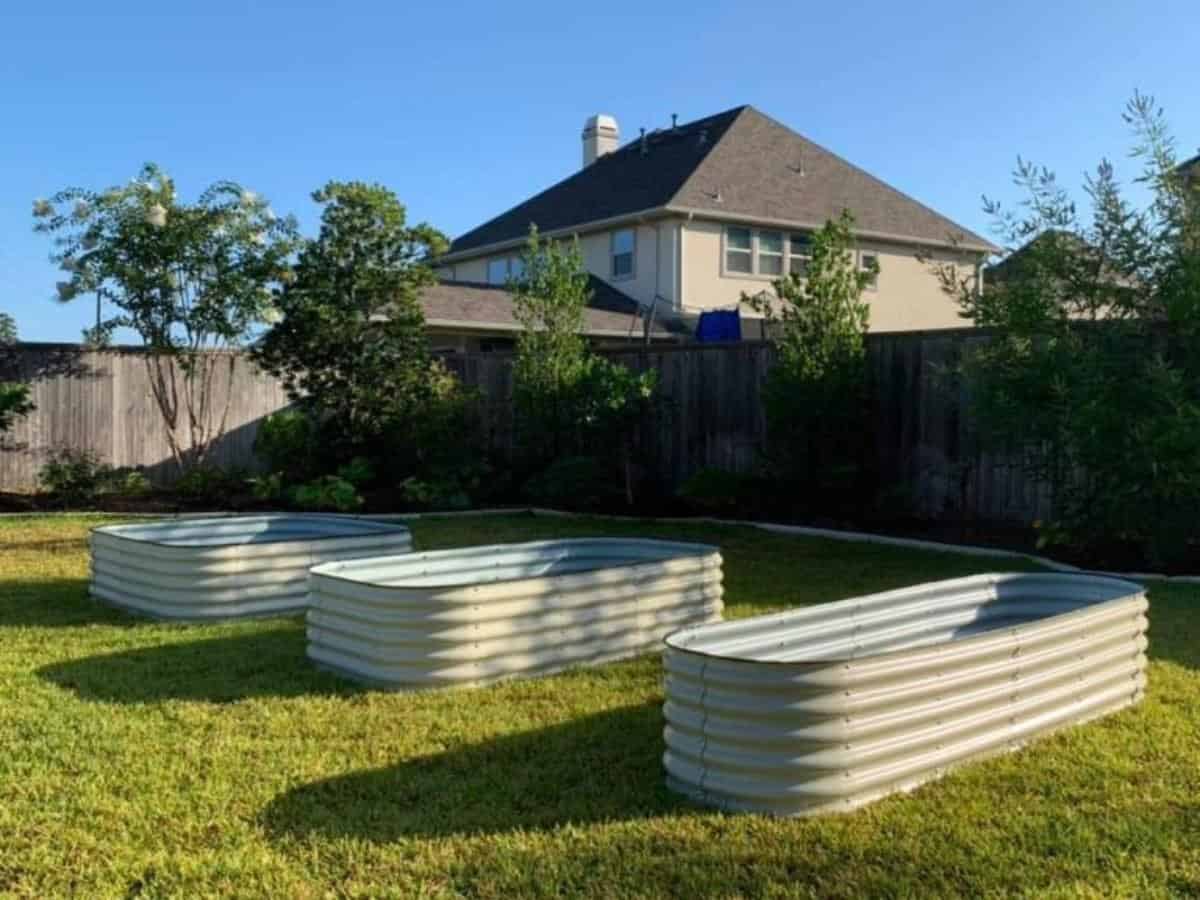
Transform your outdoor space with Vego Garden’s innovative approach. Animal troughs can be repurposed as functional and stylish garden beds, eliminating the need for complex assembly or construction. Simply drill drainage holes at the bottom to ensure proper water flow, and you’re ready to get growing.
While these unconventional planters may add a touch of industrial chic to your garden, it’s essential to consider the specific watering needs of your plants, particularly during the hot summer months when steel can quickly absorb heat.
Create an Oasis
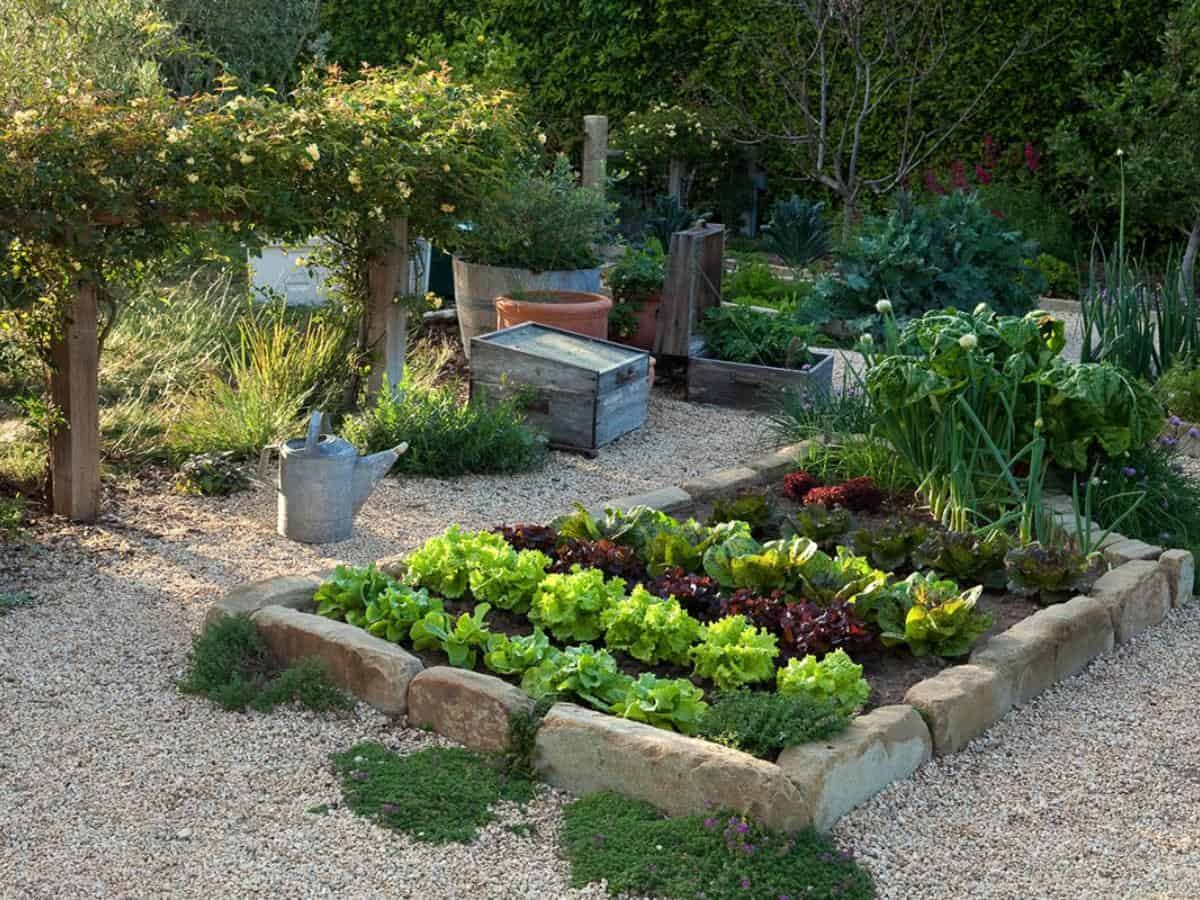
While cultivating a garden can be a daunting task, especially when faced with unfavourable temperatures and soil types, there are ways to overcome these challenges. One such solution is the humble raised garden bed. Unlike large tracts of land that require significant effort and resources to prepare, these compact beds are easy to manage and maintain. Their small size makes them perfect for tending to, allowing you to breathe life into even the most inhospitable spaces.
Raised Bed for Your Whole Yard
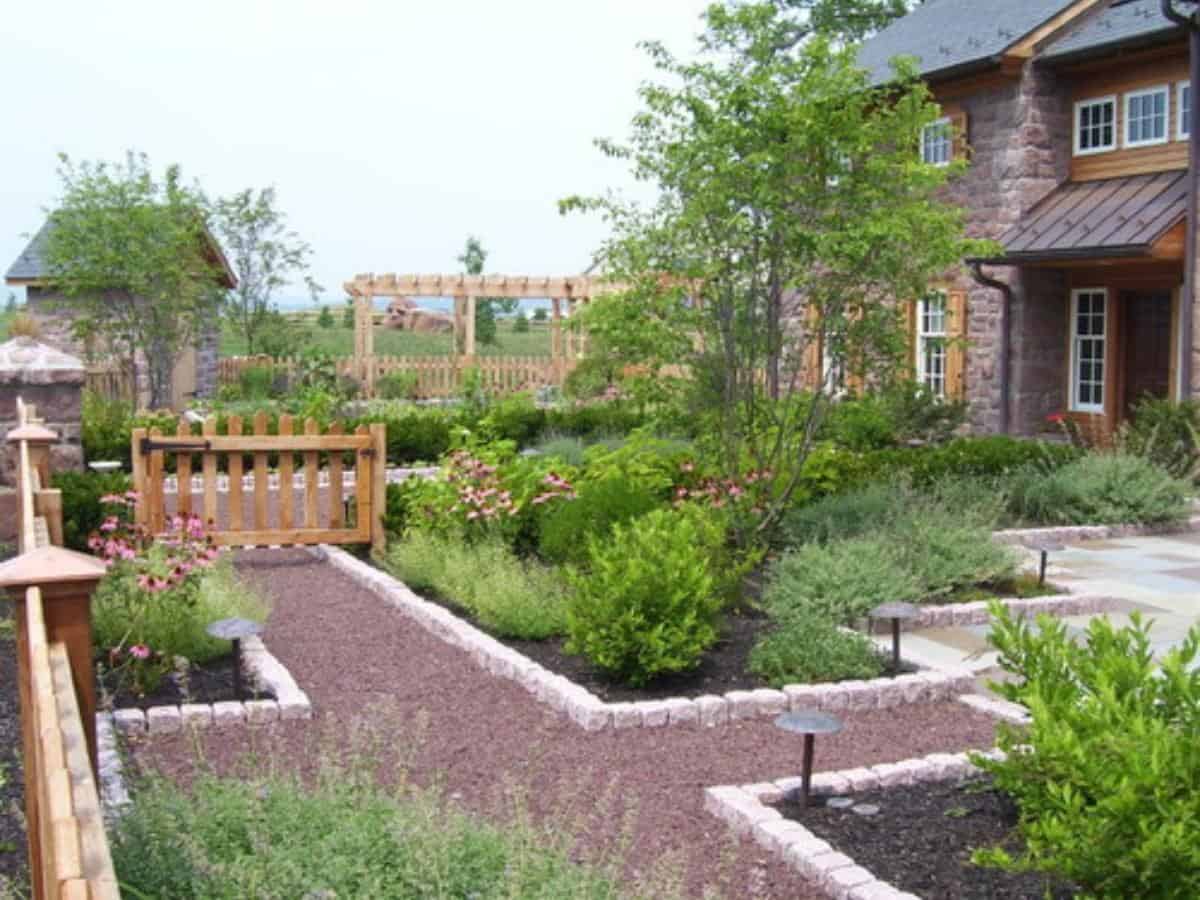
Envisioning a lush and vibrant River Valley Landscapes, consider extending your creative vision by crafting raised beds that seamlessly cover the entire yard. By doing so, you’ll create a visually stunning garden featuring clear and distinct walkways that invite exploration and admiration of its natural beauty.
Elevated Bricks
One of the primary benefits of constructing raised garden beds is the significant reduction in physical effort required for gardening. For individuals who experience back problems or find traditional gardening challenging, this feature can be a game-changer. By elevating the growing space using materials like bricks or wood, gardeners can enjoy a more comfortable and low-impact gardening experience.
Add Some Spiral Flair
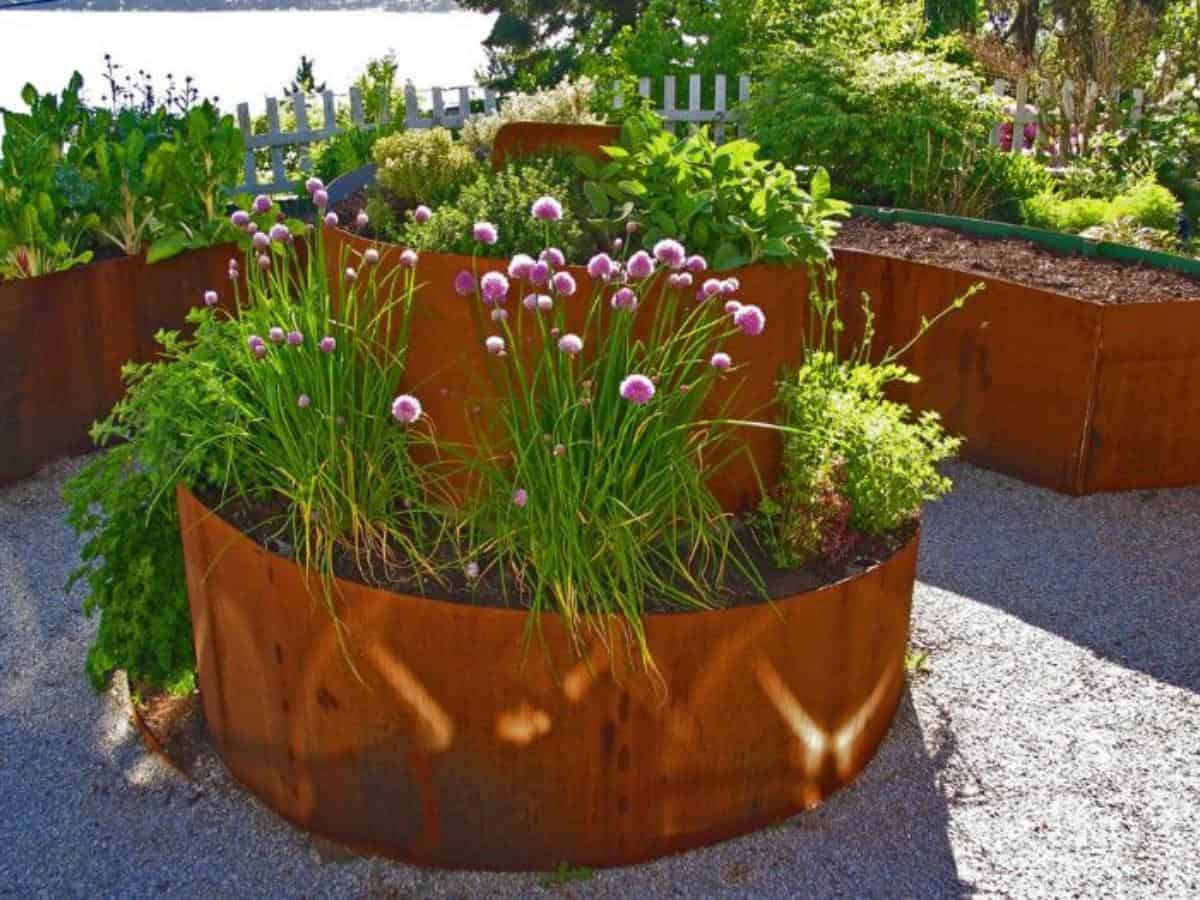
In permaculture design, one of the most renowned techniques is the utilization of spiral gardens. These innovative layouts maximize gardening space without requiring additional land, making them particularly well-suited for areas with limited real estate. The versatility of spiral garden construction allows for the use of a variety of materials, including metal, bricks, and wood.
In this context, the spiral garden serves as a striking focal point, complemented by the visual appeal of the herbs grown within.
Succulent Paradise
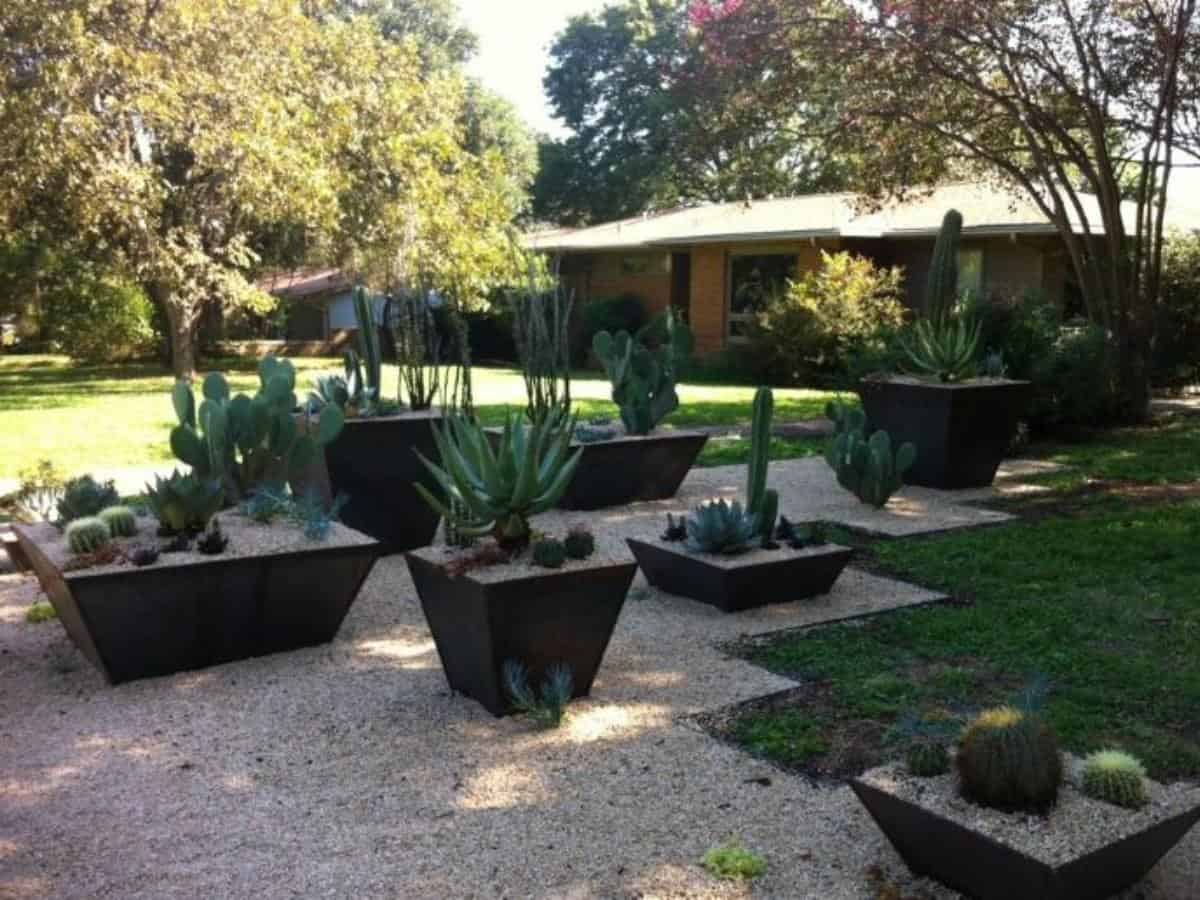
Incorporating raised garden beds into your outdoor space can be a game-changer, especially when it comes to creating unique and visually striking designs. One such example is using these elevated planters to craft a captivating succulent garden, which can thrive in areas with challenging climates or even create a miniature desert-like atmosphere. By manipulating the growing conditions on raised garden beds, you can easily achieve the desired look and feel for your outdoor oasis.
Add Architectural Flair
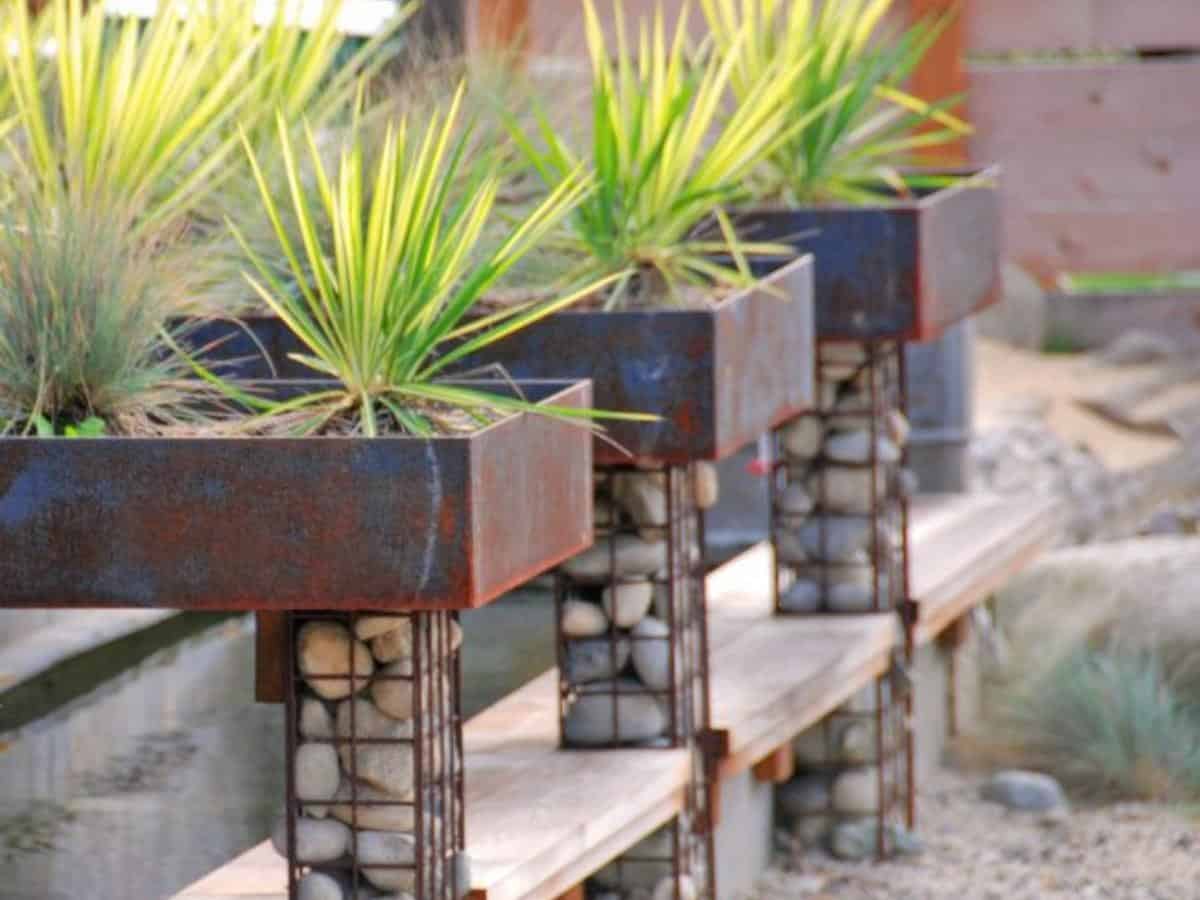
Innovative garden designs often require creativity and flexibility, and raised garden beds offer the perfect canvas for artistic expression. The CSDesign concept takes this to a whole new level, transforming the space into a unique construction site-inspired setting. Not only does this design boast an eye-catching aesthetic, but it also prioritizes functionality and practicality.
By incorporating natural stone and metal elements, this design effectively repels pests like termites that can cause significant damage to plants, ensuring a healthy and thriving garden.
Floating Containers
Imagination is the only constraint when working with raised garden beds. One innovative approach involves repurposing large trough containers to create a suspended garden that appears to defy gravity. This design necessitates careful consideration of the weight of soil and plants, which must be factored into the support system’s design to ensure stability and prevent collapse.
Raised Bed for Delicate Plants
When it comes to gardening, some plants are notoriously finicky and require a gentle touch. Those that thrive in controlled conditions, sheltered from harsh natural elements like scorching sun, gusty winds, or torrential rains, often benefit significantly from the use of raised garden beds with transparent covers. These innovative structures provide a cozy, protected environment for delicate flora to flourish, while still allowing sufficient light to reach the plants below.
The translucent canopy creates a microclimate that mimics the conditions found in a greenhouse, nurturing the plants and promoting healthy growth.
Isolated Garden
Creating a weed-free oasis in your own backyard can be a daunting task, especially when dealing with spaces already overrun by pesky vegetation. Fortunately, elevated gardening beds offer a clever solution to this problem. By designing a raised bed specifically for growing vegetables, you can effectively isolate your crops from the surrounding weeds, significantly reducing the risk of unwanted invaders compromising your harvest.
A Crate Garden
When it comes to setting up a raised garden bed, repurposing old items is a great way to get creative while also reducing waste. In this design, crates serve as the primary structure for the raised bed, offering a unique and portable solution.
What makes this design so appealing is its adaptability – if your plants need protection from the sun, you can simply pick up the crate and relocate it to a shaded area.
Plus, since the crates are already porous, you won’t need to add drainage walls, making setup even easier.
Use Your Sloping Yard
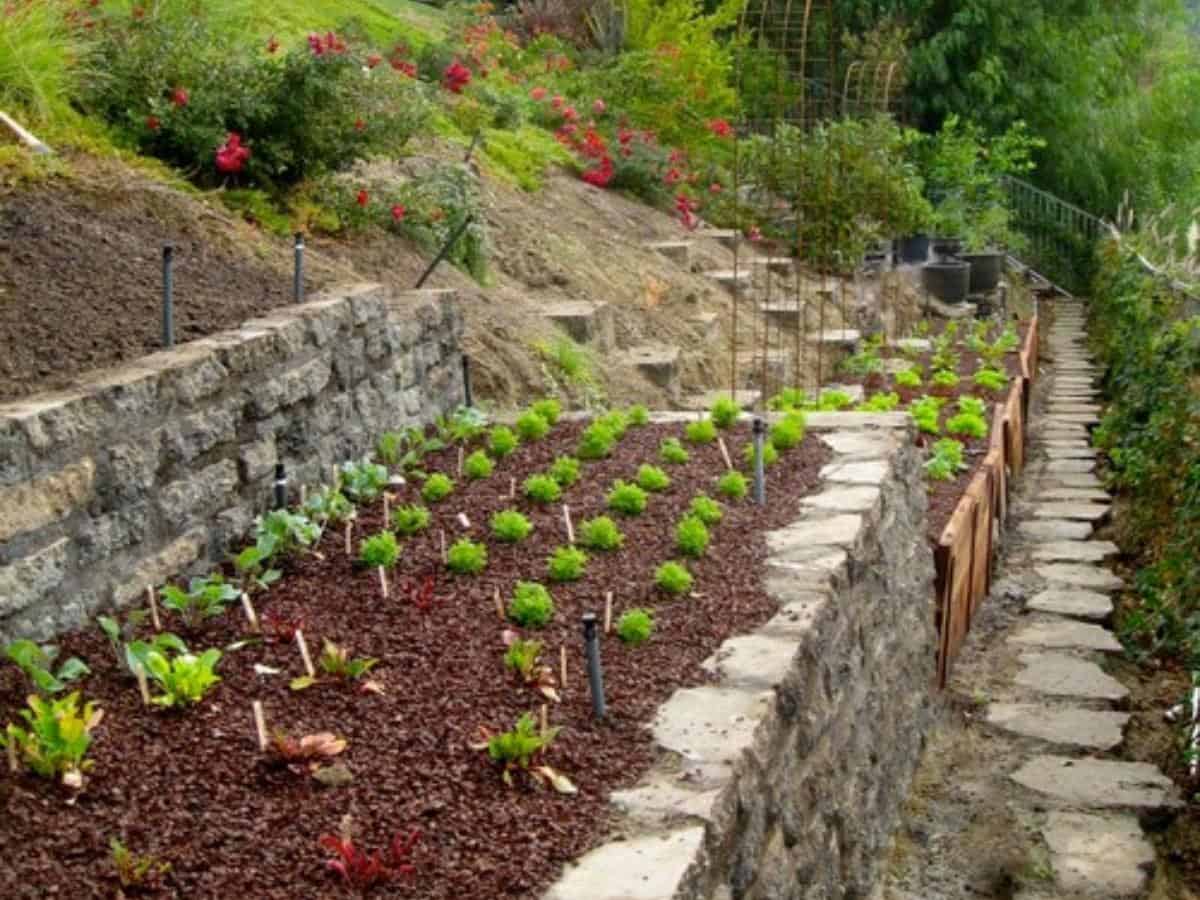
When dealing with challenging landscapes, raised garden beds can prove to be a game-changer, particularly when it comes to utilizing space on slopes. Shirley Bovshow’s innovative design for a chef’s garden is a prime example of this concept in action. By repurposing concrete, she creates a multi-level oasis that not only solves the problem of soil erosion but also allows for the growth of diverse crops in each section.
The combination of wood and concrete serves as an effective barrier to retain the soil, making it an ideal solution for sloping landscapes.
Backyard with Raised Garden Beds
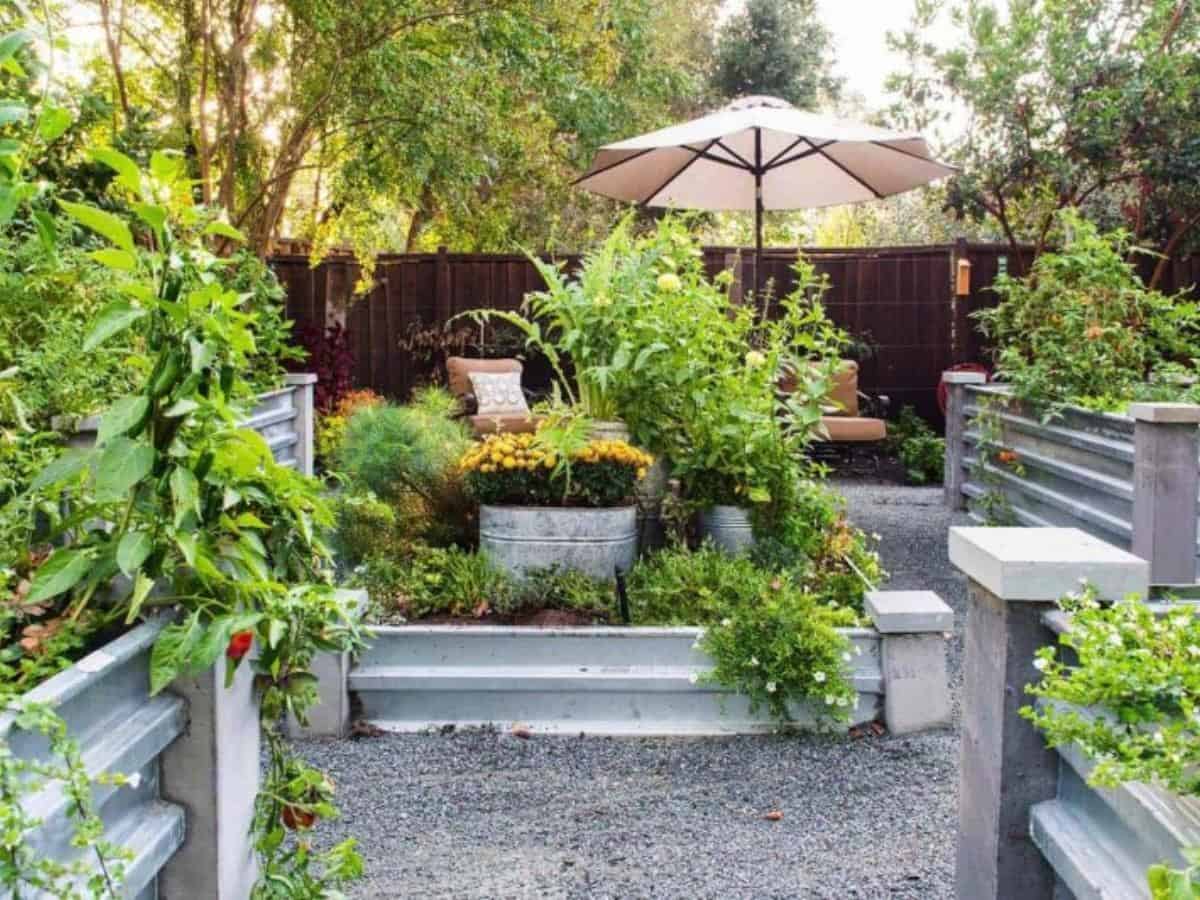
When it comes to small spaces, Michael Tebb Design recommends raised garden beds as a fantastic landscaping solution. One of their key advantages is that you can easily customize the height to create a visually striking landscape design. In fact, this approach allows for endless creativity and experimentation with varying raised garden bed designs.
Take, for instance, this beautiful farmhouse landscape where the raised garden points serve as the focal point, creating an intriguing visual pattern through the combination of different heights and designs.
